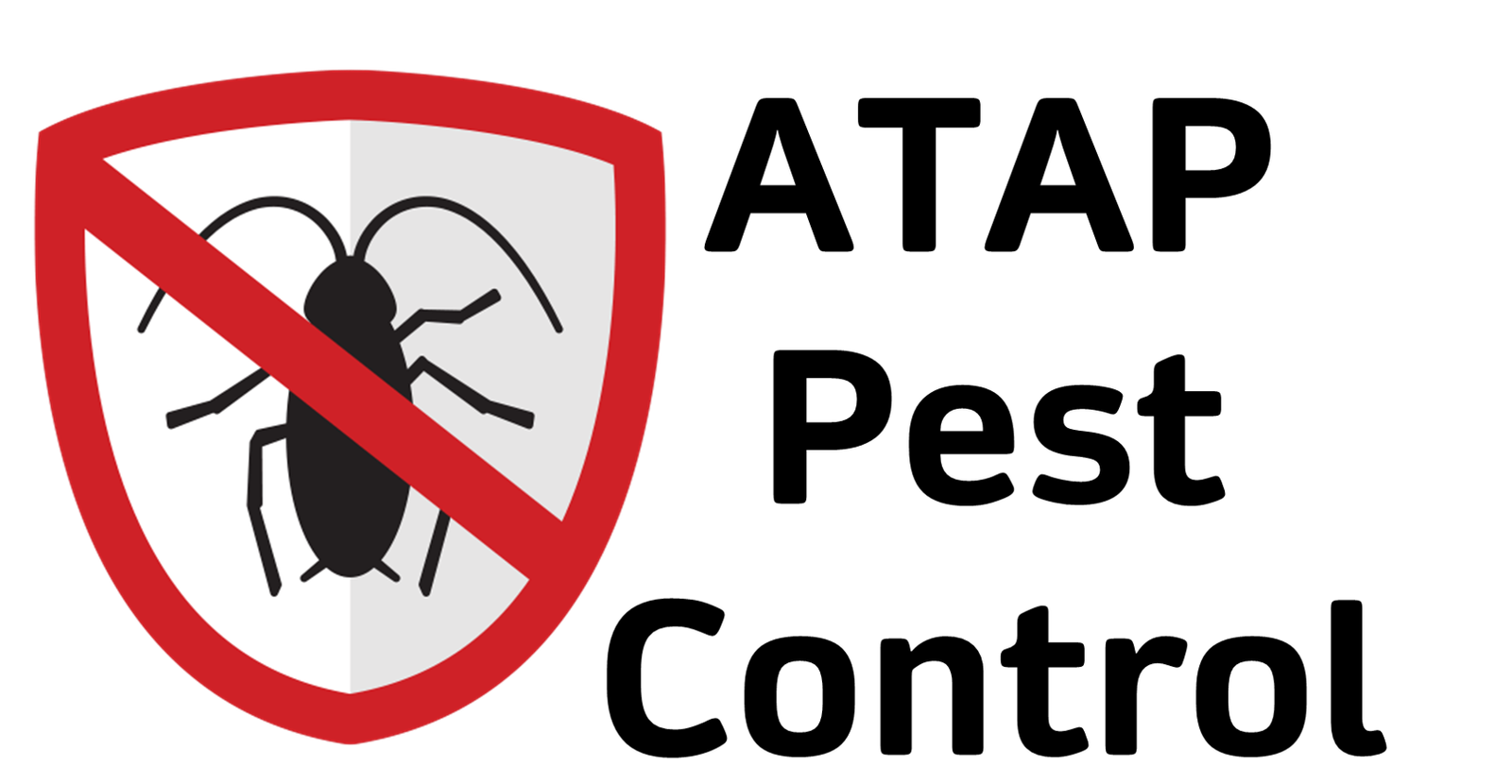Wasp stings are common, particularly during the warmer months of the year when people spend more time outside. They can be unsettling, but for the most part, people recover easily and without complications. Wasps, like bees and hornets, have a stinger to defend themselves. The stinger of a wasp contains venom (a toxin) that is transmitted to people during a sting. Wasp venom can cause significant pain and inflammation even without a lodged stinger. If you are allergic to the venom, you can have a severe reaction. In any case, timely care is needed to keep symptoms and issues to a minimum. Most people who don’t have sting allergies will only show minor symptoms during and after a wasp sting.

Itching, redness, and swelling are also possible side effects. You’ll most likely develop a raised welt around the sting site. A small white mark where the stinger pierced the skin may be visible in the center of the welt. The pain and swelling usually go away within a few hours of being stung. A term used to identify more noticeable symptoms linked to a wasp or bee sting is “large regional reactions.” People who have severe local reactions to wasp stings may hate them, but they do not suffer life-threatening symptoms like anaphylactic shock. Extreme redness and swelling are common responses to wasp stings, and they last for 2 or 3 days after the sting.
Find out what happens inside the body during an allergic reaction. The majority of the time, significant local responses fade away on their own after a week or two. If you have a severe local reaction after being stung by a wasp, tell your doctor. To relieve your pain, they can prescribe an over-the-counter (OTC) antihistamine (such as Benadryl). When you have a big local response to a wasp sting, it doesn’t necessarily mean you’ll react the same way to future stings. You may have a severe reaction once and never experience the same symptoms again. However, a strong local reaction could be the way your body responds to wasp stings on a regular basis.
Anaphylaxis refers to the most serious allergic responses to wasp stings. Anaphylaxis happens when the body reacts to wasp venom by going into shock. Many people who are stung by a wasp go into shock quickly. Anaphylaxis must be treated immediately with emergency medical treatment. Symptoms of a severe wasp sting allergy include:
Swelling of the ears, tongue, or throat to a dangerous degree.
Hives or scratching on parts of the body that were not stung.
Wheezing or gasping are examples of respiratory problems.
a feeling of nausea
A decrease in blood pressure occurs suddenly.
the feeling of being lightheaded
Consciousness failure.
nauseousness or vomiting

While you do not experience any of these symptoms after being stung by a wasp, you are likely to experience at least a few of them after another sting. If you have a history of anaphylaxis, keep a kit with you in case you get stung by a wasp.
Epinephrine has a number of effects, including helping to lower blood pressure, improve heart rate and strength, and restore normal respiration. Anaphylactic shock is a medical emergency that requires immediate medical attention. Learn more about this dangerous illness, as well as what to do if you or someone you know is suffering from it. In the house, you can deal with mild and moderate wasp sting reactions. You must do the following when treating your sting at home: To extract as much venom as possible, wash the sting area with soap and water. To reduce swelling and pain, apply an ice bag to the wound site. To prevent infection, keep the wound clean and dry.
If scratching or skin irritation becomes unbearable, apply hydrocortisone cream or calamine lotion. Baking soda and colloidal oatmeal are skin-soothing ingredients that can be used in a bath or in medicated skin creams. Wasp stings can be relieved with over-the-counter pain relievers like ibuprofen. Antihistamines, such as diphenhydramine and chlorpheniramine, can also help with scratching. To avoid side effects like stomach pain or drowsiness, take all drugs exactly as prescribed. If you have not had a booster shot in the last 10 years, you should consider having a tetanus shot within a few days of the sting.
The hypothesis is that the acidity of vinegar can help to reduce the effects of wasp stings’ alkalinity. Bee stings, on the other hand, are more acidic than other stings. Soak a cotton ball in apple cider or white vinegar and put it on top of the afflicted area of skin to treat wasp stings. To help with the pain and inflammation, apply light pressure. The cotton ball can be left on top of your skin for several minutes. Wasp stings that cause severe allergic reactions require urgent medical attention. Insect sting allergies affect up to 0.8% of children and 3% of adults in general.
What we suggest here at ATAP Exterminators to get ahead of a wasp sting by limiting the chances of a sting. Contact us at (708) 980-0092 today if you see any signs of wasps around your home and property as we can provide you with a free assessment to wasp and bee removal.
